A good photo of your project is critical to not only your own personal documentation, but also in letting us share your work. Very often, amazing projects on hackaday.io or Tindie struggle to succeed on social media because we just can’t find a good photo. Even if we share or promote your project, its much harder for it to get the attention it deserves.
First, its important to know you’ll probably need more than one good photo to get your social media buzz. Multiple photos can help illustrate different aspects of your product or project. You don’t need a fancy camera to take these either, all of my sample photos here were taken with my Pixel 2, but with a bit of attention to detail, almost any phone can take quality social media photos. Here, I’ll give a few general tips, and then focus on some specific types of photos you might want depending on your work.
 Lee Wilkins
Lee Wilkins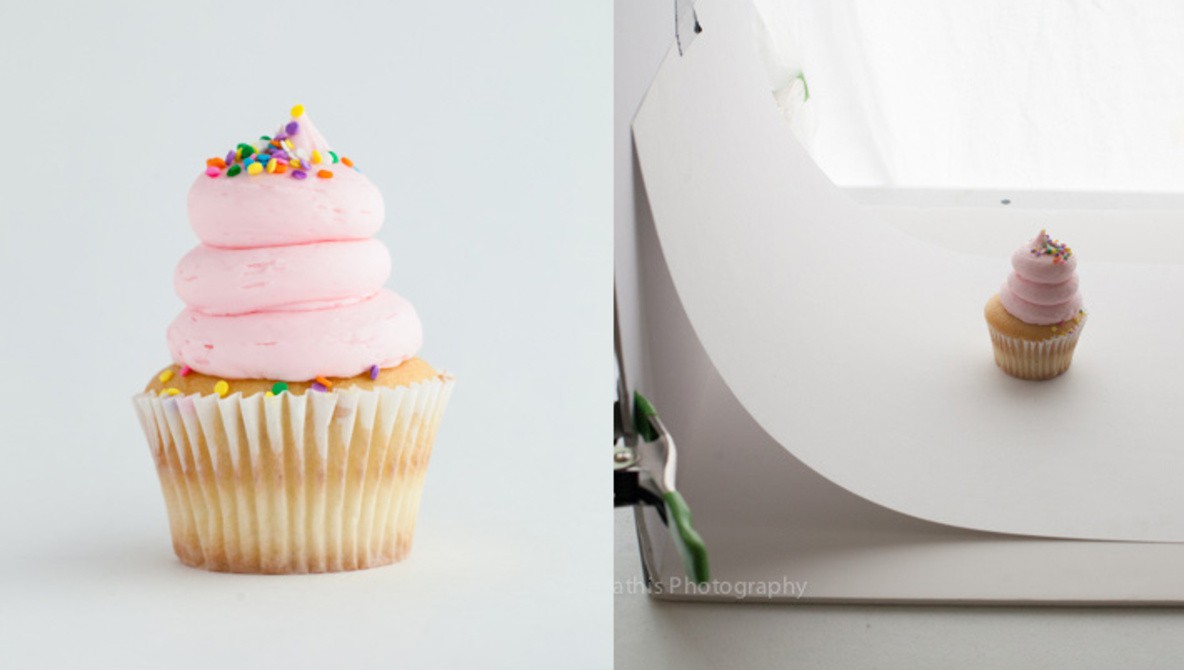
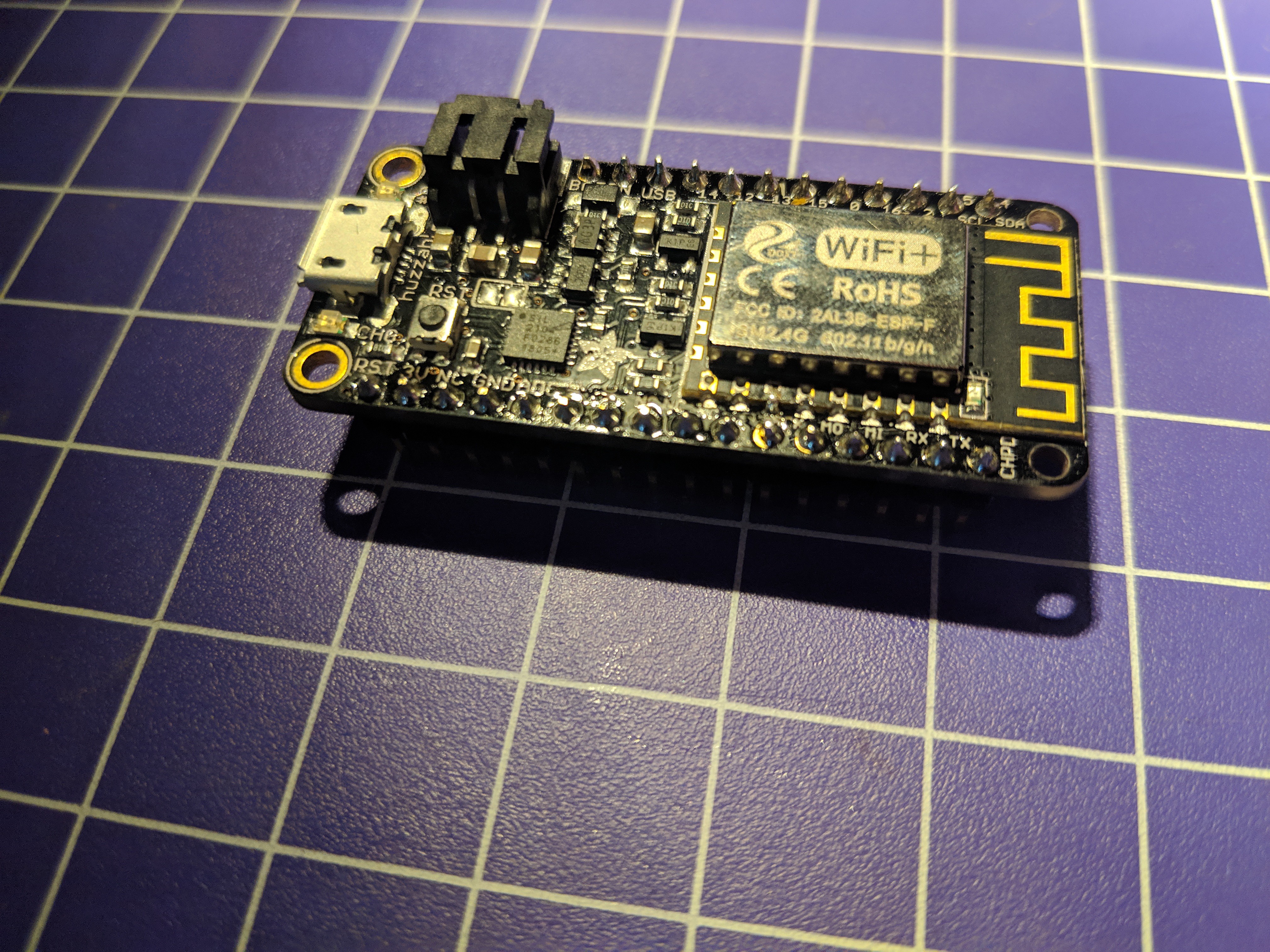
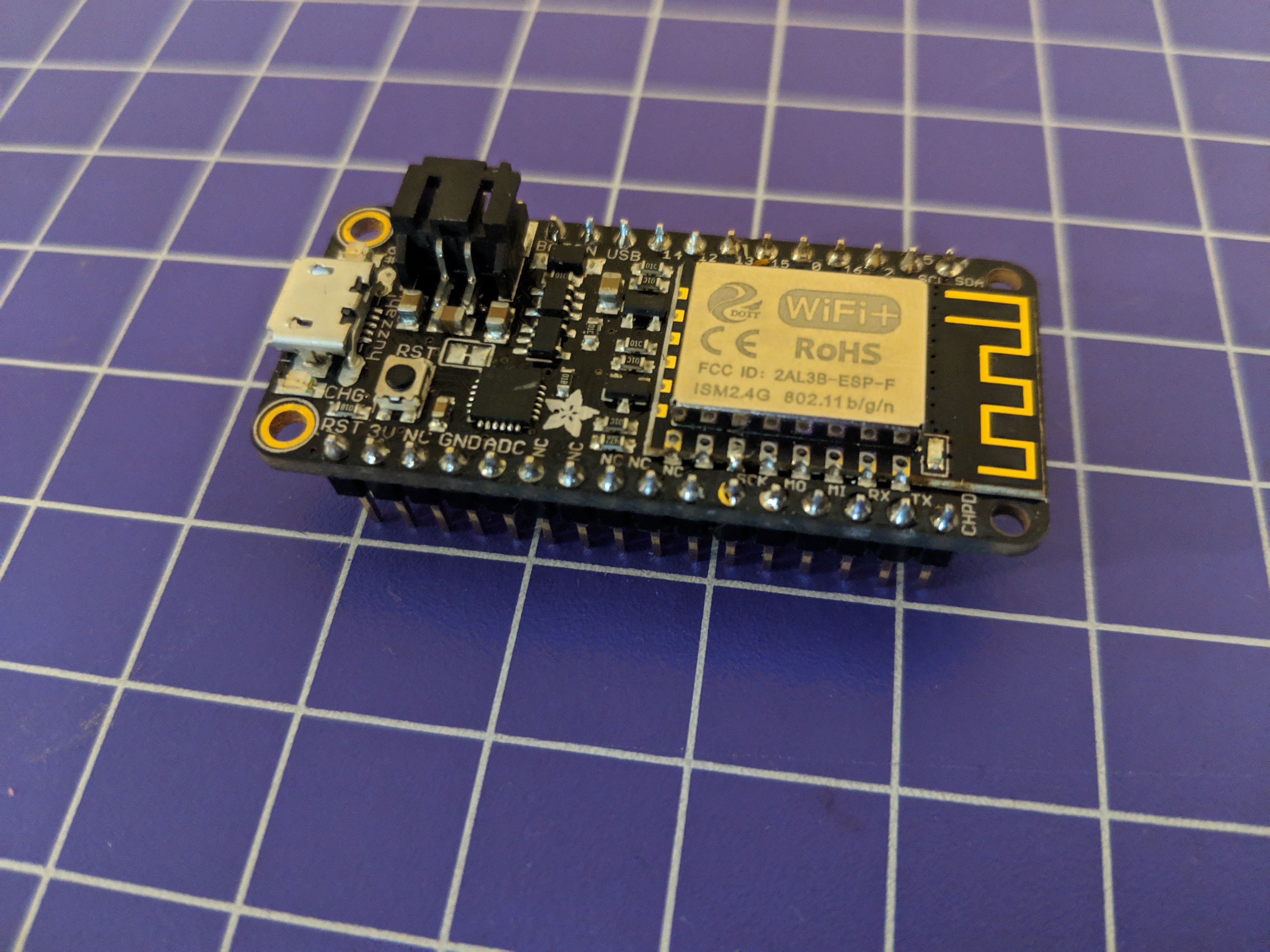

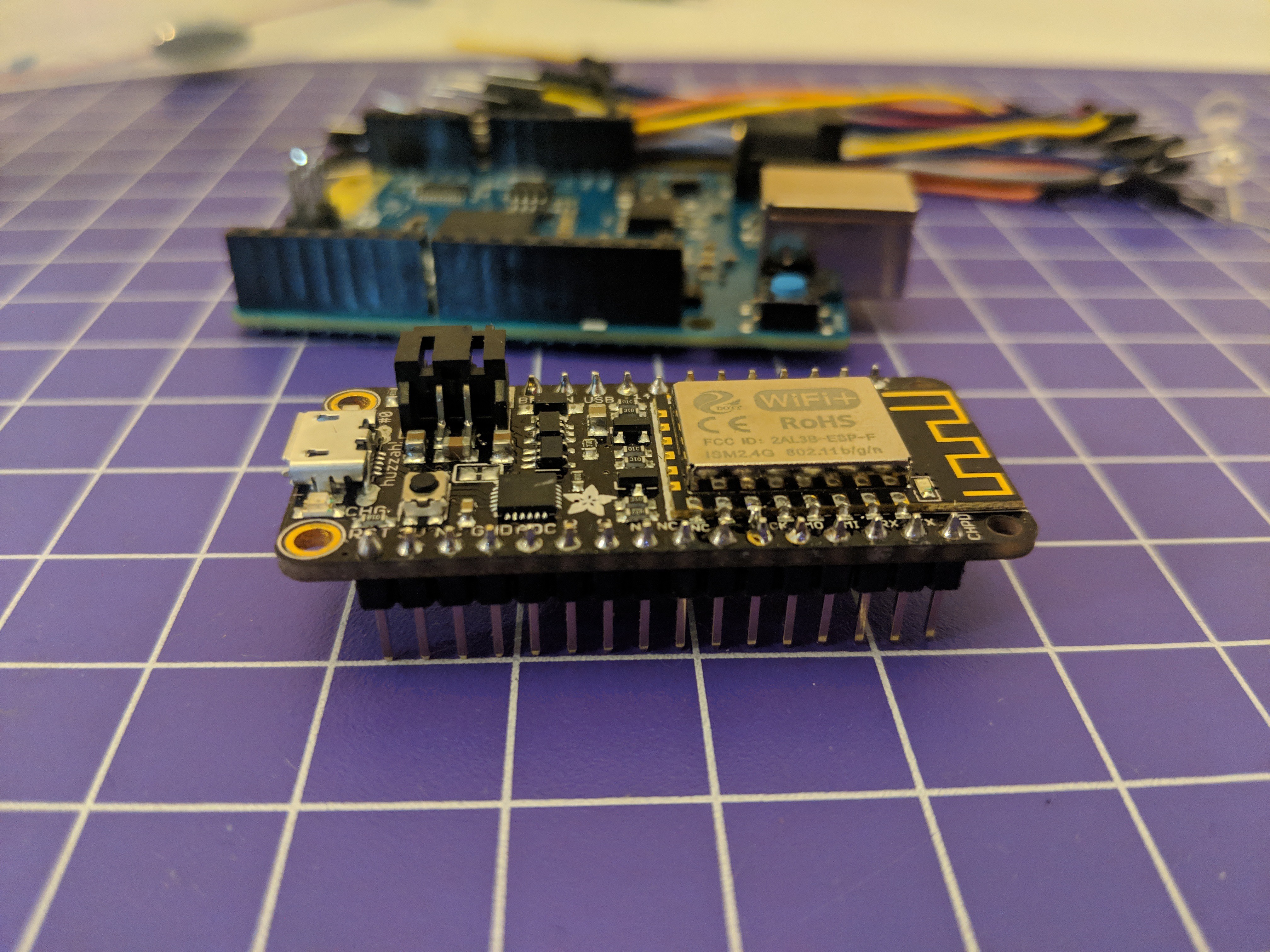
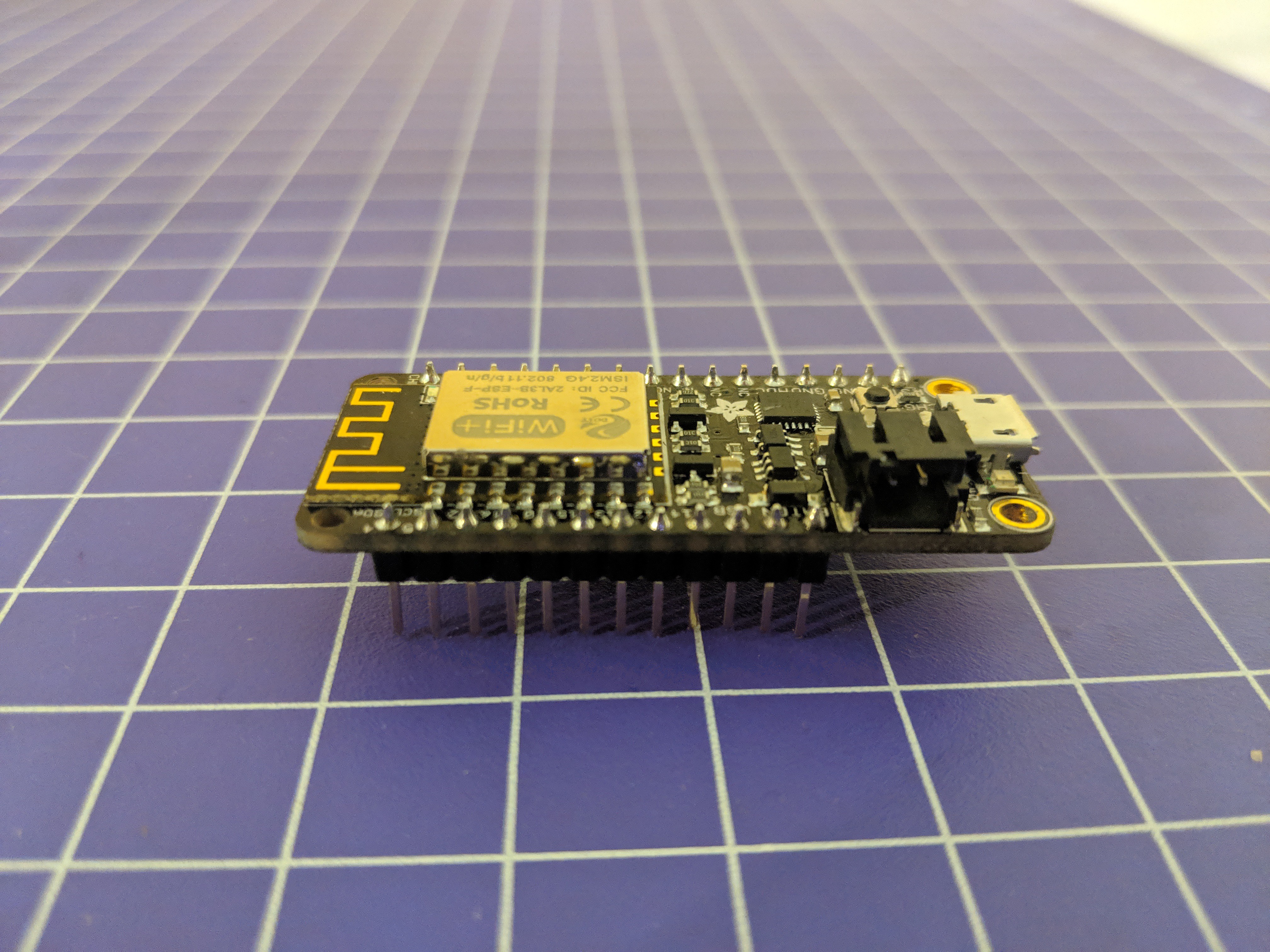
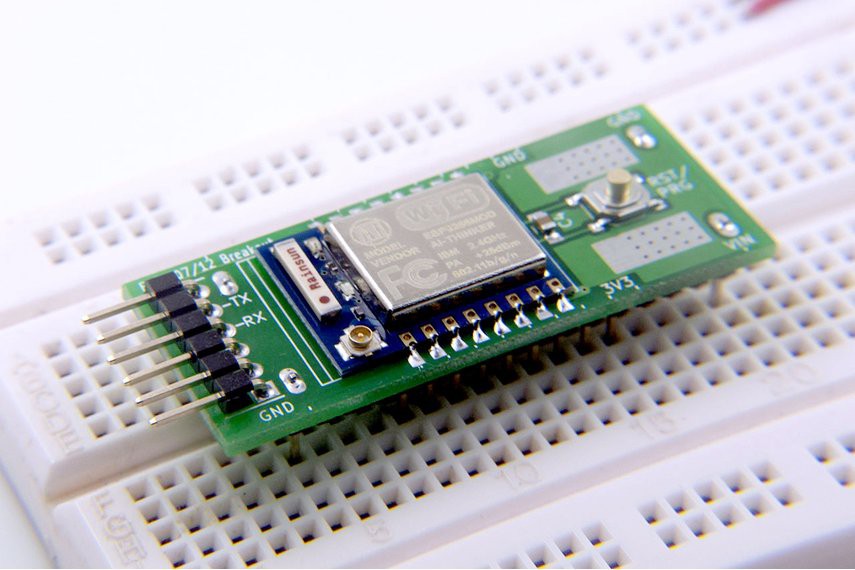
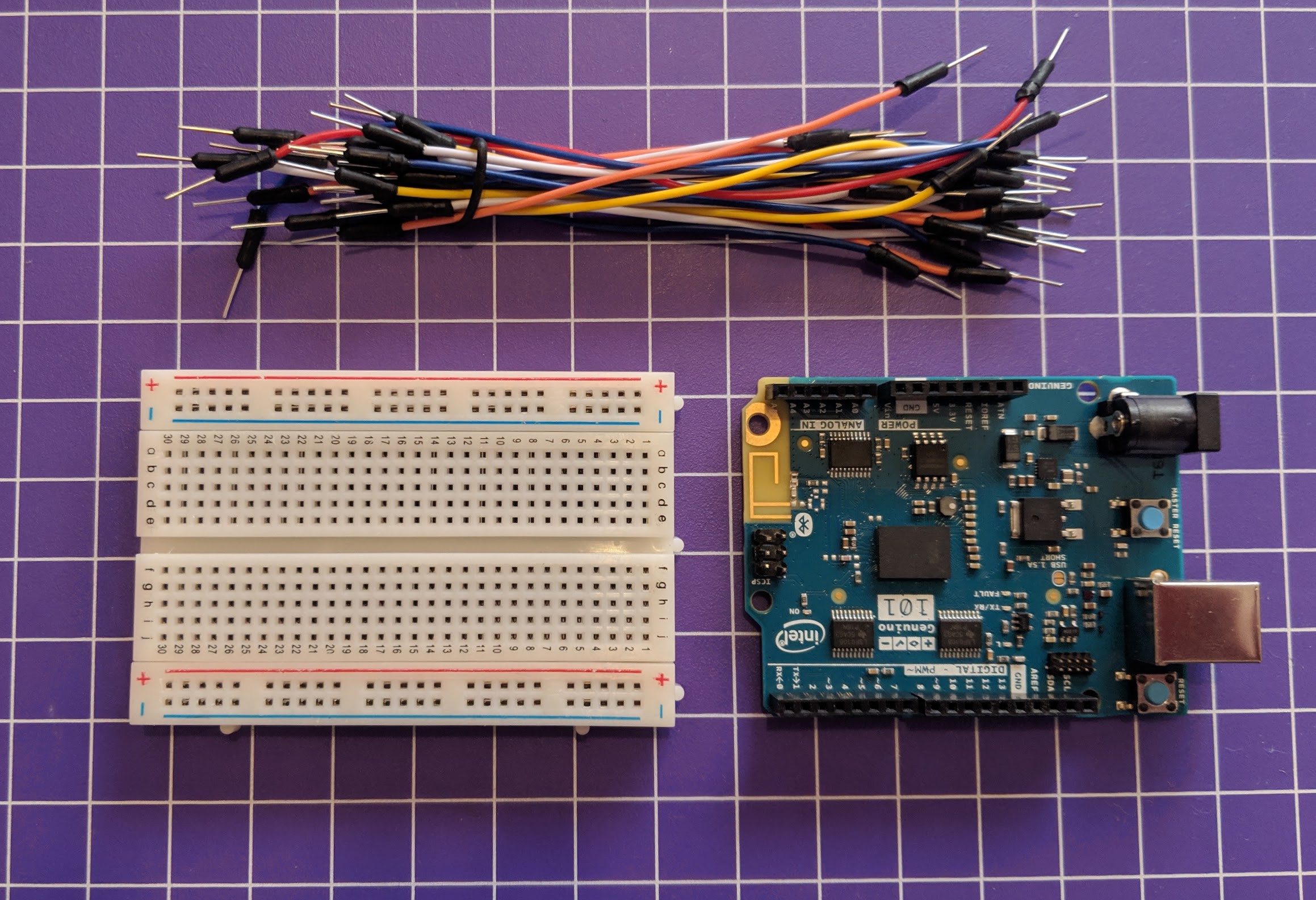

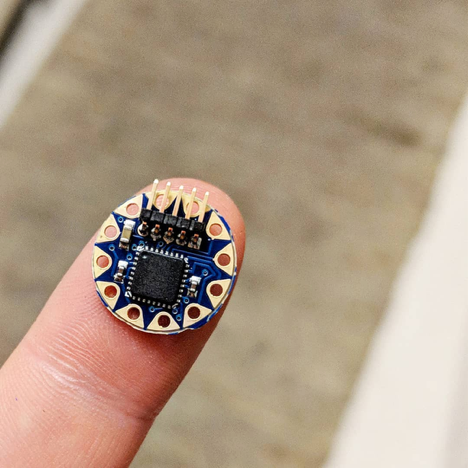
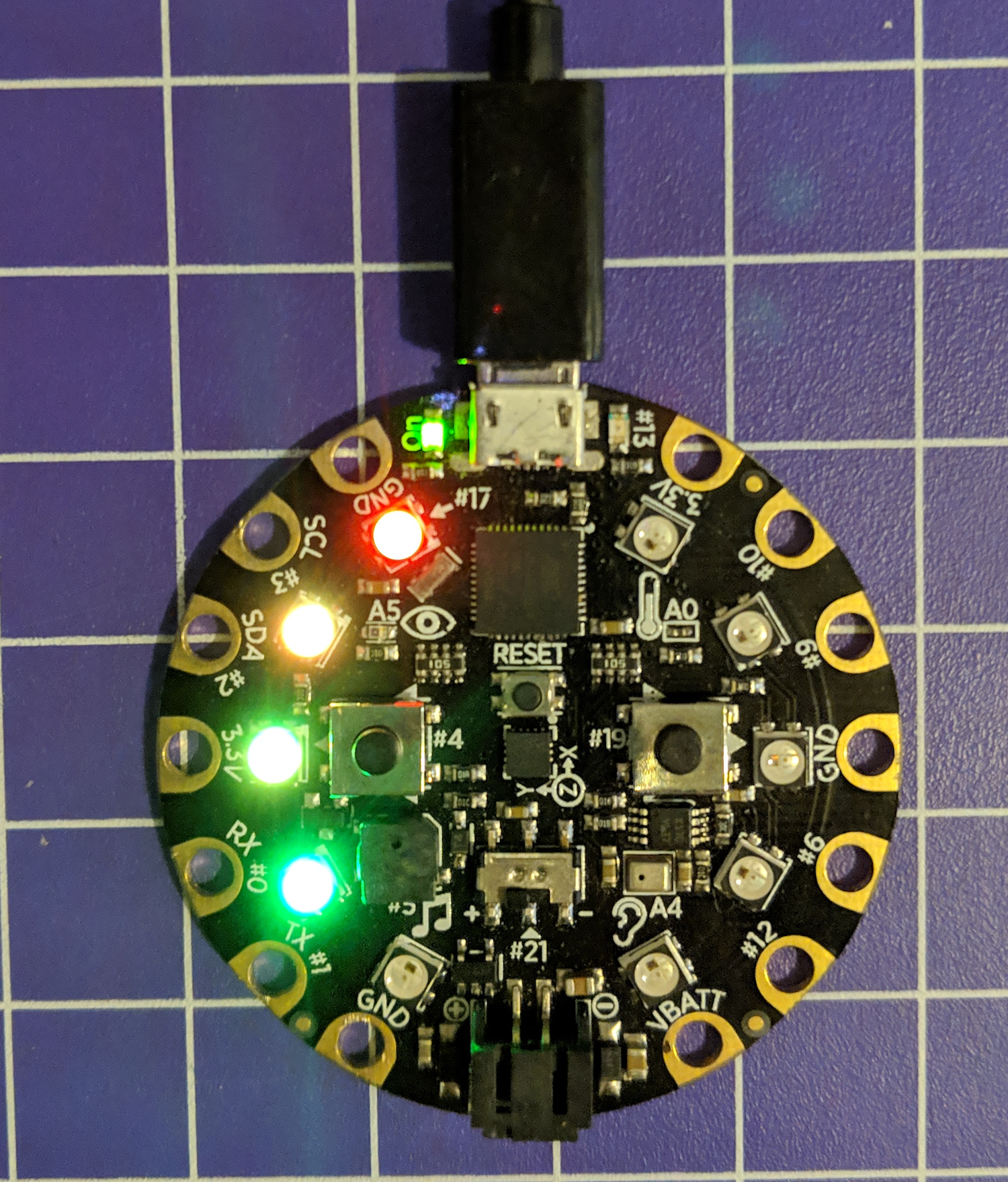

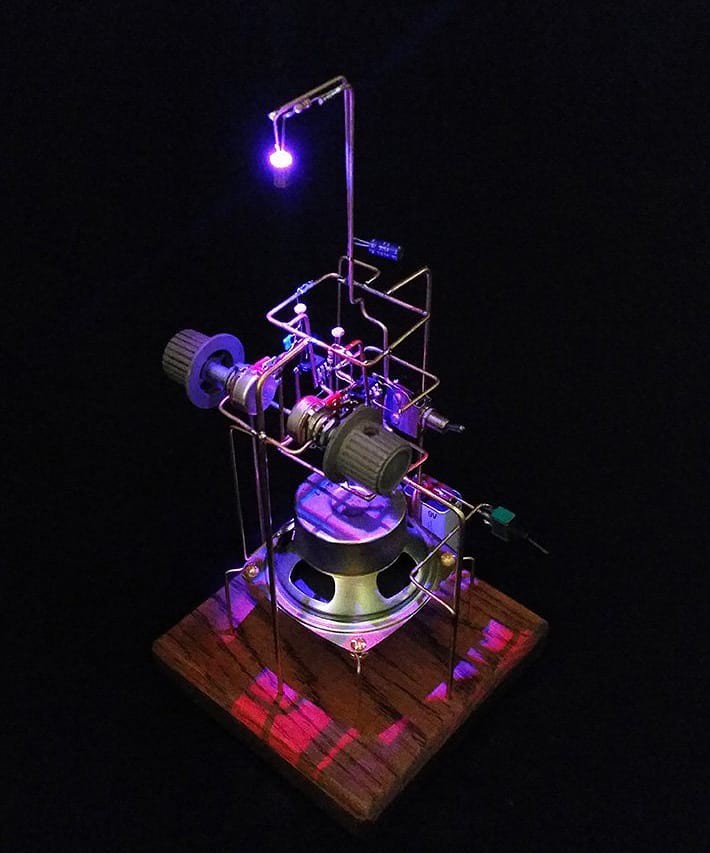
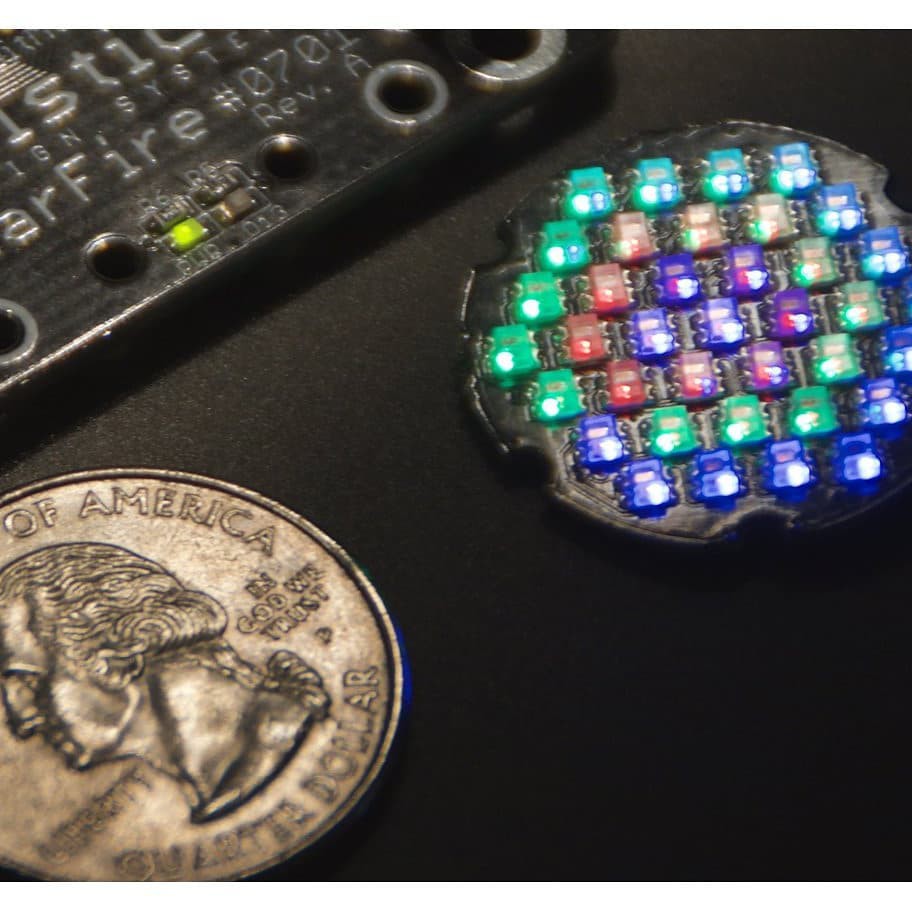
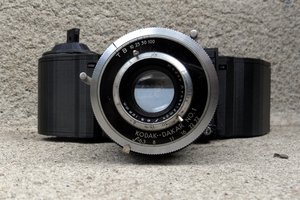
 LeoM
LeoM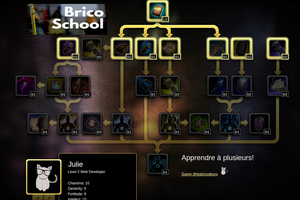
 xavier
xavier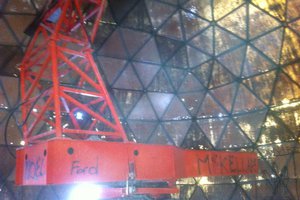
 Lorin Briand
Lorin Briand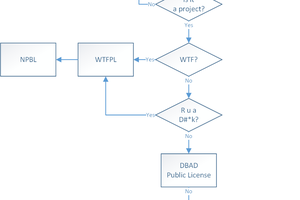
 MagicWolfi
MagicWolfi